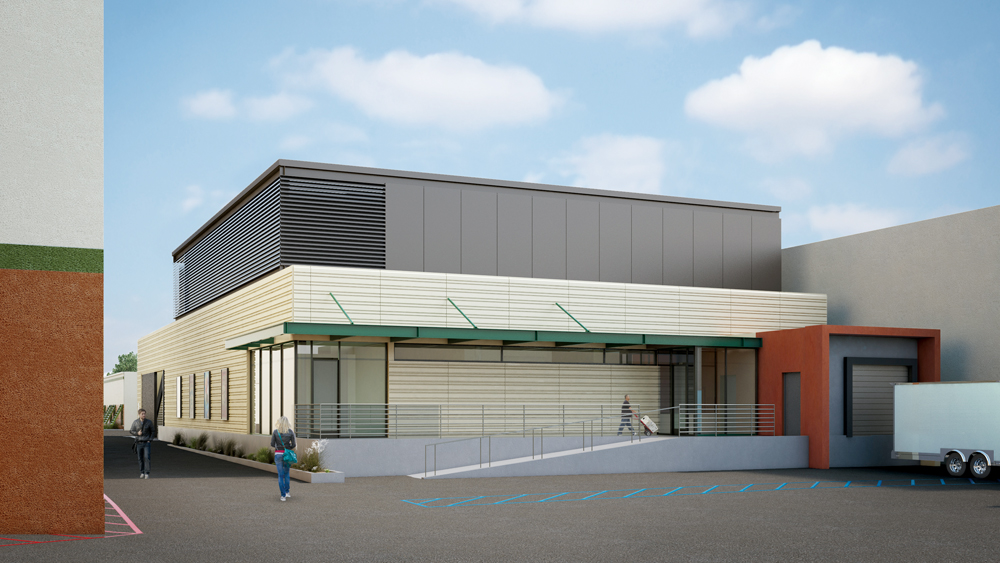A major movie studio needed a new vault to protect its irreplaceable negatives for films released after 1982. The studio was against installing a fire-sprinkler system. But a consultant reminded the studio that an insurer would require some sort of water system to protect the building itself if not the films, which are uninsurable.
The studio turned to SmithGroupJJR, which designed the 415,000-sf National A/V Conservation Center in Culpeper, Va., where the Library of Congress houses its film, video, broadcast, and recorded sound materials.
In that project, local code officials required a clean-agent fire suppression system with a pre-action water sprinkler system as backup. SmithGroupJJR went with a primary system that uses FM-200, a clean, colorless, environmentally friendly gaseous suppressant.
For the movie studio, SmithGroup came up with a “Russian nesting doll” design. SVP Hal Davis, the firm’s Cultural Studio Leader, explains that the vault is its own separate building, equipped with a clean-agent suppression system. The inner shell maintains temperature and humidity at just the right levels to preserve the film negatives. A second structure, fitted with a sprinkler system, will be built over the vault in such a way that water can’t get to the film stock. The roof actually diverts water away from the vault.
Construction of the nearly 10,000-sf structure kicked off in November. Davis says the structural redundancy, while adding to total cost, enabled the building to exceed the regional seismic code standard.
The design has attracted the attention of another studio. Davis believes the concept could have applications for other buildings that protect valuable books, paintings, artifacts, and documents.
Read about more innovations from BD+C's 2014 Great Solutions Report.
Related Stories
| Aug 11, 2010
Fleet Library, Rhode Island School of Design
When tasked with transforming an early 1920s Italian Renaissance bank building into a fully functional library for the Rhode Island School of Design, the Building Team for RISD's Fleet Library found itself at odds with the project's two main goals. On the one hand, the team would have to carefully restore and preserve the historic charm and ornate architectural details of the landmark space, d...
| Aug 11, 2010
Gold Award: The Lion House, Bronx Zoo Bronx, N.Y.
Astor Court sits at the heart of the 265-acre Bronx Zoo, and its six Beaux Arts buildings were constructed at the turn of the 20th century to house exotic animals from around the world. When the Lion House was built in 1903, the brick and limestone facility was considered state-of-the-art, but as standards of animal care advanced, the lions were moved into a more natural setting, and the Lion H...
| Aug 11, 2010
The pride of Pasadena
As a shining symbol of civic pride in Los Angeles County, Pasadena City Hall stood as the stately centerpiece of Pasadena's Civic Center since 1927. To the casual observer, the rectangular edifice, designed by San Francisco Classicists John Bakewell, Jr., and Arthur Brown, Jr., appeared to be aging gracefully.
| Aug 11, 2010
Platinum Award: Reviving Oakland's Uptown Showstopper
The story of the Fox Oakland Theater is like that of so many movie palaces of the early 20th century. Built in 1928 based on a Middle Eastern-influenced design by architect Charles Peter Weeks and engineer William Peyton Day, the 3,400-seat cinema flourished until the mid-1960s, when the trend toward smaller multiplex theaters took its toll on the Fox Oakland.







